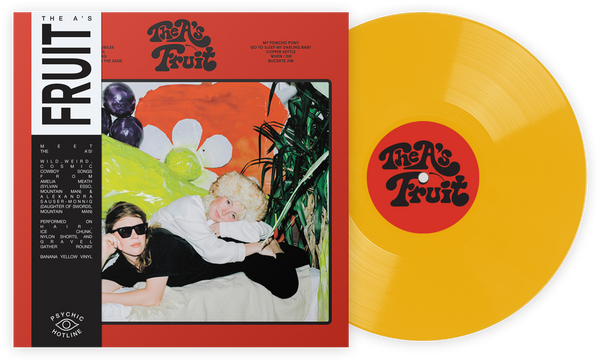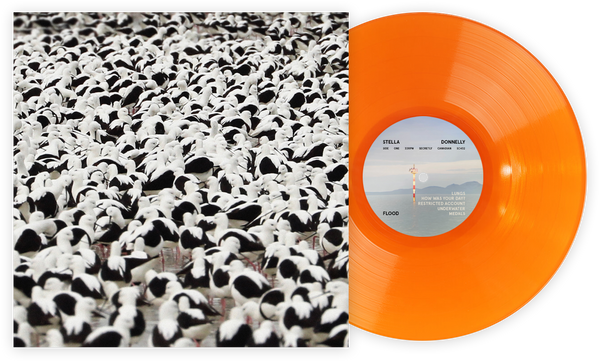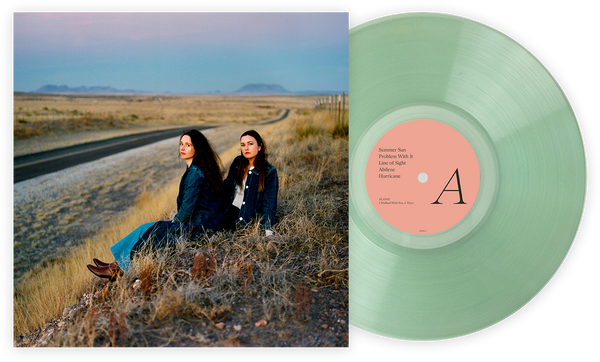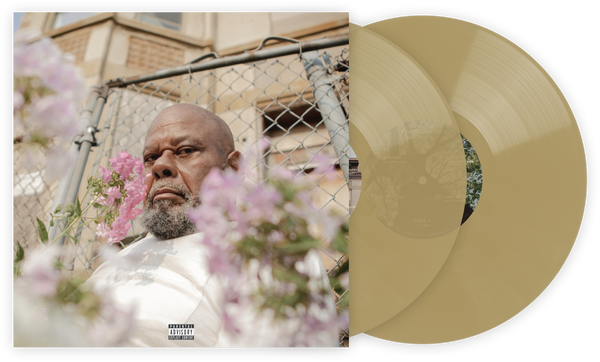Can Virtual Reality Vinyl Bridge The Physical/Digital Music Gap?
Listening to music in virtual reality seems like the antithesis of listening to music on vinyl. The former happens in a fabricated, digital world. It represents the pinnacle of digital life, a full immersion into the ever-present screens from which many modern vinyl listeners intend to distance themselves. Vinyl fans crave the tangible aspect of listening to music that digital platforms are unable to provide. It feels good to pick up an album, see the art, take the record out of the sleeve, put it on a turntable, drop the needle, and listen to the initial crackle. Compared to clicking “Play” on a computer, it feels real.
The desire for tangibility isn’t exclusive to obscure vinyl hobbyists or collectors; it applies to most people. This ominously titled study from the Online Marketing Institute found that “media that appeals to more than three senses can increase brand impact and engagement by over 70 percent.” Although virtual reality only actually appeals to the eyes and ears, it does a good enough job at tricking the brain into thinking the digital representations of one’s physical actions are actually taking place. With the right VR equipment, picking up items like records and tinkering with knobs on virtual devices can feel close to the real thing. Although the technology hasn’t progressed there yet, VR could potentially provide future music listeners with the perfect blend of digital convenience and almost-tangible experience.
There are already several VR companies focused on music, and a few are focused on recreating the vinyl experience specifically. Vinyl Reality, for instance, simulates the experience of using vinyl records to DJ. The app drops users into an environment that contains a virtual turntable, complete with an accurate design of knobs and faders that they can twist, turn and push with their VR set’s controllers. It allows users to upload their own digital music files, which are represented in the form of vinyl records that appear in a digital crate.
The Berlin-based software developers behind Vinyl Reality claim that the app can help beginning DJs learn how to operate turntables in real life, and that experienced DJs will intuitively understand how to operate the digital equipment. It’s clever, but it’s far from transforming the average music listener’s experience. It’s a niche app that’s still in early access on Steam, costs $19.99 and is, as a result, imperfect. However, Vinyl Reality has at least already proven that listening to vinyl in a virtual environment is both possible and enjoyable.
Vinyl Reality is just one example of VR replicating the vinyl experience, but VR as a medium in general shows incredible potential to further explore this phenomenon. It’s already possible to do mundane activities in VR, for no apparent reason other than it’s something to do in a digital world rather than the real one. You can sit on a couch in a giant house with Hulu’s branding slapped on everything, and watch Hulu shows on a giant television. If that’s an entertaining enough example of “engaging customers with sensory branding,” then sitting in a virtual room spinning virtual records should achieve a similar effect.
Another unexpected aspect of virtual reality is that its fully immersive quality can induce a sort of meditative state. Whether you listen to music on your computer, on a turntable, or on another device, it’s easy to get distracted by whatever else is going on in the real world around you. In immersive VR environments, distraction is impossible unless your viewing is intentionally disrupted by yourself or someone else (like punching the wall while getting really into the game Super Hot VR, for an anecdotal example). VR can create the illusion that you’re fully absorbed in whatever it is you’re doing or seeing. If you put on a headset to appear in a digital living room where all there is to do is pick up a digital album, put it on a digital turntable and listen, then it replicates the experience of doing the same thing with complete focus in your actual living room.
Although not many developers have worked on recreating the vinyl listening experience in VR, many artists have experimented with the technology in order to bolster their vinyl sales. One version of the vinyl copy of Childish Gambino’s Awaken, My Love, for instance, came with a cardboard VR headset that allowed fans to stream live performances and access bonus content. It was the futuristic version of receiving a free download code with a vinyl purchase. Even though they used augmented, not virtual, reality, Dutch marketing company Wieden + Kennedy has experimented with merging vinyl with emerging technology. They created an AR platform that turns spinning vinyl records into 3D animations. The possibilities for other applications of VR and AR with vinyl are almost literally endless, and the most clever artists and marketers should be working on ways to better merge our virtual and tangible realities, no matter how dumb or dystopian that sounds.
Purists may scoff at the idea of listening to vinyl in a digital environment, and everyone’s level of enjoyment and comfortability with VR varies. Even though the technology has threatened to subvert whatever the most popular form of entertainment has been throughout the past several decades, it still hasn’t achieved mass appeal. As VR progresses more slowly than expected, evidence for its potential to truly transform music has been limited.
The only search result for “Vinyl” on the Oculus Go, the most affordable high-quality yet entry-level standalone VR device on the market, is a 4-minute video that drops you into the everyday happenings of a place called Cafe Bar Vinyl in Skopje. There’s vinyl hanging from the walls and an unmanned DJ booth bumping records, but 360 degree video does little more than provide an intriguing look at a random slice of life in the Macedonian city. The Oculus Go, and other devices with broader consumer appeal, still need to improve before a complete vinyl listening experience can be replicated. It’s possible, and apps like Vinyl Reality have proven at least partially capable of achieving it, but there’s still a long way to go. Despite the challenges ahead, it’s clear that VR may be an effective technology at bridging the longstanding gap between digital and physical music.
Will Hagle is a writer living in Los Angeles, and co-founder of media empire In The Points.











